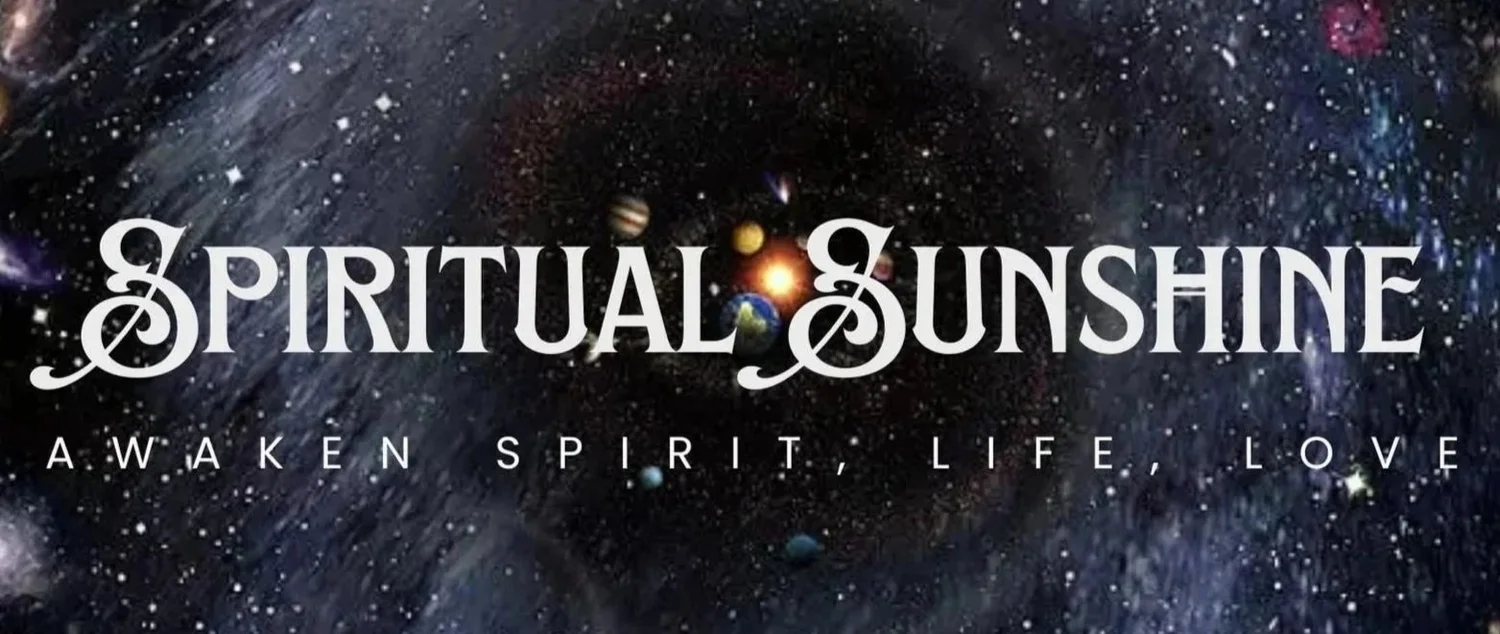
Read Our Written Sermons
grounded in a mystical, interfaith-Christianity inspired by Emanuel Swedenborg

Trust in God(dess)
Trust can be a tricky thing, especially when we’re talking about trusting Divinity itself, the God known by many names. Is God real and does God care? What are you entrusting her/him with? Ultimately, trusting Divinity amounts to trusting the present moment, while letting go of anxiety and yearnings for the future or anything outside the present moment itself. It amounts to letting go of our controlling natures, our judgmentalness and tendencies to hold others and ourselves against the grindstone – especially when we think we have a good reason. Trusting God is trusting life itself, which invites us to enter the present moment with fuller awareness of our unity with everything but with less rambling thought, noting the transient and almost dream-like quality of our own perception of the world, and coming into a sense of greater peace, wholeness, and compassion.

The Transformational Forge of Trial
The scriptures speak often of the process needed to find salvation, nirvana, transcendence or whatever word that specific tradition uses to speak of finding fullness in our Divinely-sourced intrinsic awareness. Buddhist scriptures sometimes refer to butter and the churning needed to make it as an analogy for what is required to reach Buddhahood, saying that we must do the work with the power of our connectedness to Intrinsic Awareness. And our reading today from Job speaks of being tested and coming forth as gold, implying that our trials are our forging in God’s fire. Despite scripture’s insistence, we sometimes get repelled at the idea of having to work to find the heaven that’s within us, or that we must undergo trials, saying that salvation is entirely in God’s hands and may have more to do with getting the God right than anything that we have to do to find it within ourselves. However, we have but to look within to see that yes, we haven’t entirely uncovered the heaven that Jesus says is within us, and to remember that all our strength in overcoming is from the Lord, known by many names, who has asked us to use it to forge heaven.

Dispel Evil, Love Love
Emanuel Swedenborg’s key message from his spiritual visions and his mystical interpretation of scripture boil down to two key ideas, dispel evil and love Love. He believed that these concepts naturally increase our connection with Heaven and God, no matter our tradition, because they describe what God and the universe is and is all about. Further, he pointed to scripture as being a key source of information as to what evil is and what love is, coming to the conclusion that evil has many guises but comes from a selfish, divisive mindset and a need to control, and that love seeks to uplift others as itself in wisdom, peace, and health. The trick, sometimes, is finding out just how to personally “shun our evils” and what it means in our daily practice to truly love the Divine Love embodied diversely in everything around us.

What is the Afterlife?
The eternity of life is something at the core of many traditions, although sometimes details are scarce. After having my own near-death experience, I was attracted to others’ accounts of the afterlife through similar near-death experiences, often abbreviated as “NDEs.” Surprisingly, I found thousands and thousands of these accounts online and catalogued in books (just Google them!), many with similar themes and details despite coming from people across the religious and non-religious spectrum. I was again amazed to find the writings of the 18th century mystic, Emanuel Swedenborg, who not only described the universe and God(dess) in a way that spoke to my developing compassionate spirituality, but also his vast accounts of the afterlife, which described similar core details as found in the NDEs that started to be catalogued in the 1950’s (thanks to the author Raymond Moody). The best part of that discovery was the corroborating and fleshed out account that God is a God(dess) of love, who resides at the centre of all beings, and that even hell can be understood to be one’s continuing preference for the hell of our own making.

We Are Love Itself
We are love itself. This truth is spoken by many sages and mystics alike, and yet I feel that we often miss the practical import of these words. This idea calls on us to let go of our false ideas of self – limiting ourselves to this body and mind. Instead, knowing that we are one with everything, as well as one with the essence and substance of all energy and life itself: the heat of love and its light and form, awareness. And what may seem a heady concept at first, eventually boils down to the importance of meditative consciousness, to being there for each other and ourselves in compassionate care without the falsely learned concepts of separateness and limitations of self. This is why Christ says to love others as ourselves and to find “complete unity” in God(dess). Why Buddhist sages say that we must center on compassionate awareness, seeing beyond the transient nature of duality and form as we let go of our false selves. And why the 18th-century mystic, Emanuel Swedenborg, called on us to centre on Love and Wisdom as the shared core of all being.

Slaying Genocide
Today we continue to be called to face the West’s and others’ tragic past of genocide, mass abuse, and horror – particularly as many of our Western cultures forced these tragedies onto Indigenous Peoples and minorities, including in Canada and the United States. The hundreds of Indigenous children found buried at residential schools in Canada recently are a stark reminder of this and a sharp blow to the heart of many Indigenous Peoples and Canadians. We often fail to realize how our current attitudes of apathy and dismissal continue the legacy of oppressive control, distorted socioeconomic structures, and destructive hate if only because we refuse to shine light from within ourselves onto these real, lasting issues – and so may we find compassion for others as ourselves today. Scriptures themselves can also have a tragic history rooted in genocide, as we read in the Jewish and Christian Bibles, and so, during these few days when we typically celebrate both Canada Day and the U.S. Independence Day, let’s not shy away from facing these deeply ingrained veins of hurt in order for us all to finally find reconciliation, freedom, and healing.

Your Only Need: The Light of Love & Truth in Your Heart
Despite some’s belief in the all-pervasiveness of original sin, scriptures throughout the world point to the fundamental health, love, and truth at the core of the human spirit and at the root of our minds – albeit, sometimes covered over with hurtful tendencies from ignorance and fear often rooted in generations past. The Christian and Hebrew Bibles themselves indicate that we are fundamentally connected to God’s loving truth within, that it forms us, and that she can transform our minds if we but actively reconnect with the inherent nature of our internal light from her (no matter our tradition). This Divine light of love and truth within is the only thing we every need, although we seek for it outside of us. It invites us to identify with and experience the light of loving truth at the core of everything as part of ourselves, opening our hearts to our collective unity in diversity and what we always truly are.

Find Everlasting Peace in the River of Life Within
Thoughts are like the ripples on the surface of a river, just transient glimmers of awareness – hinting at the depths below. For whatever reasons, we have come to identify so much with our habitual ripples we miss the enormity of the river of life within – taking its vast depth, clarity, and peace to be a pit of emptiness as we fearfully try to color over it. When we turn more toward that river of life at our core by letting the ripples pass us by, dipping into the vastness of awareness with meditative and prayerful practice, we find that we become cleansed and renewed in its flowing holy water. In the book of Revelation, “the river of the water of life” is described as flowing from God into the centre of the heavenly city – I think inviting us as we read it to turn toward that river of the water of life flowing at our own heavenly centre, amidst the garden of all our gifts and expressions of life in their diversity.
